What are intervertebral discs?
The spine is composed of a series of vertebrae that are stacked onto each other and cushioned by intervertebral discs. The discs serve to protect the bones by absorbing the shock from daily activities like walking, lifting, and twisting. The discs allow for vertebral motion. The intervertebral disc consists of an inner nucleus pulposus and an outer annulus fibrosus. The annulus fibrosus is a strong radial tire–like structure made up of lamellae; concentric sheets of collagen fibers connected to the vertebral end plates. The annulus fibrosus encloses the nucleus pulposus. The nucleus pulposus composition is 70-90% water which can be deformed and compressed due to movement of the spine.
What is a herniated disc?
A disc herniation is a condition that can occur anywhere along the spine, although it most commonly occurs in the neck and lower back. A herniated disc is also known as a slipped or ruptured disc. A herniated disc occurs when the inner portion (nucleus pulposus) protrudes through the outer ring (annulus fibrosis) which leads to compression of the spinal nerves causing neurological symptoms. These symptoms may include pain, numbness, tingling and weakness in the distribution of one or more of the nerve roots. As we age, the risk of a herniated disc increases. This condition is incredibly common, with an estimated 3 million cases reported in the United States each year. Herniated discs most commonly occur in people over the age of 40, and they affect slightly more men than women.
What is a degenerative disc?
Disc degeneration may occur from mechanical, traumatic, and genetic factors that can influence the integrity of the intervertebral disc. The degenerative disc cascade involves structural damage and includes changes in number and composition of cells in the disc. Often proteoglycan loss occurs and influences the ability of the disc to withstand compressive forces. Degenerative changes of the disc are often related to changes in adjacent structures including facet joints. Degenerative disc disease also leads to functional changes. An inflammatory cascade may also occur with degenerative disc disease which can result in irritation of surrounding structures including associated spinal nerve roots. This inflammatory cascade may result in increasing muscle tension, muscle spasms, and local tenderness in the back or neck. If a nerve root becomes inflamed it can lead to upper extremity (cervical radicular) pain, or lower extremity (lumbar radicular) pain.
Painful disc degeneration is common in the cervical and lumbar spine as these areas undergo the most motion and stress.
How are herniated and degenerative discs treated?
Typically, physicians will employ a physical exam including neurological exam, along with a patient’s history, to make a positive diagnosis. Imaging (e.g. MRI) is used to confirm the diagnosis. Fortunately, most cases of pain associated with herniated discs resolve with conservative strategies. Typically, this process takes weeks to months for resolution of symptoms to occur. During this healing time, non-opioid pain medications may be employed to assist in treatment. Medications may include NSAIDs, muscle relaxants, and oral steroids. Physical therapy and chiropractic care are also helpful. Lifestyle changes may also be implemented which include weight loss and exercise (e.g. core strengthening), which will help protect and stabilize the spine to reduce the pressure on the discs. Tobacco cessation is also important in individuals that utilize tobacco. Compelling evidence associates smoking to the degeneration of the disc.
In some cases, if your symptoms do not resolve, your physician may recommend surgical intervention. Surgeons can remove part of or the entire herniated disc to help relieve symptoms
Contact form
Or just call (412) 221-7640 and we’ll do everything we can to help.
Across all review platforms
Dr. David Provenzano, a leading expert throughout the nation for treating patients who suffer daily from pain, uses advanced diagnostic techniques to assess the source of the pain and develop a comprehensive and safe treatment approach that can significantly reduce your pain.

